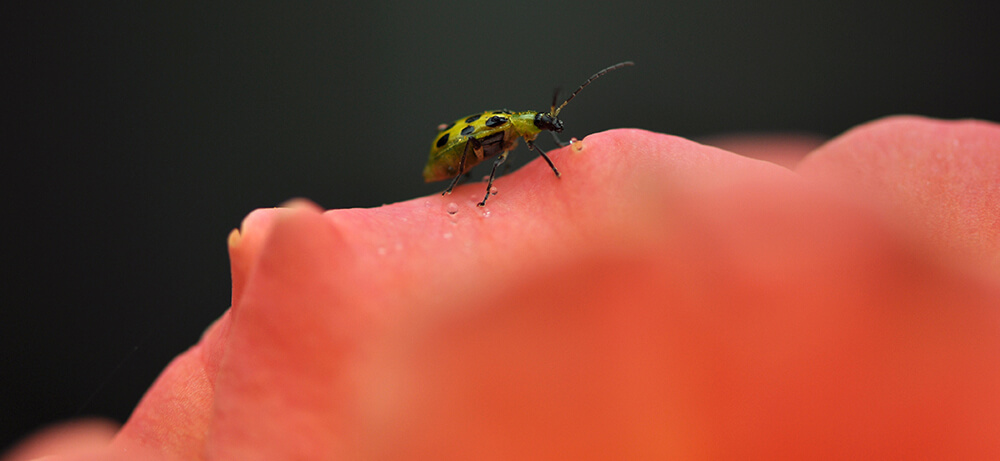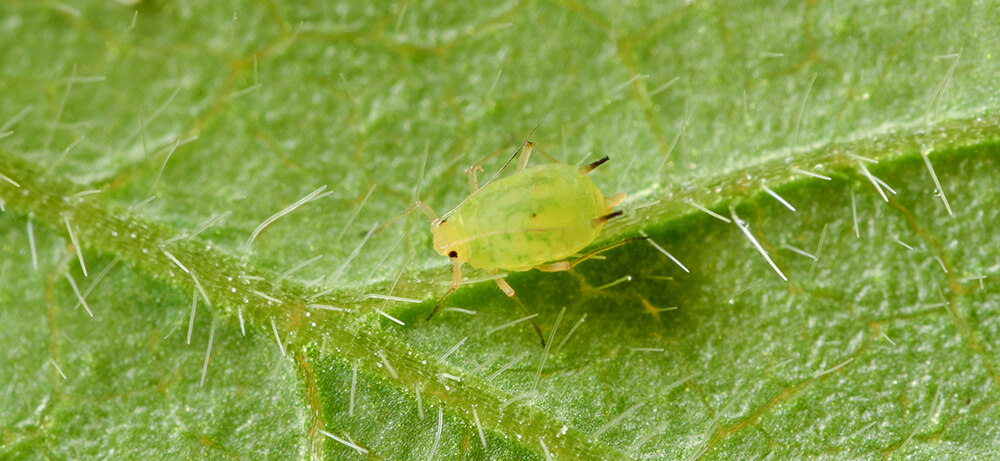Crop Creepy Crawlies
Crop creepy crawlies
From creepy crawlies to coyotes, there are plenty of animals that love to ruin your crops. Every year the pest prognosis is a little different, but there are some repeat offenders that always top the list. It’s important to know which bugs cause the most crop damage in your area so that you know how to protect your fields. Even though it’s out of your control, the weather conditions in spring affect insects.
Corn rootworm
These bugs are particularly pesky because they’ve developed resistance to some particular Bt corn hybrids. Corn rootworms thrive with more continuous corn production made possible because of milder winters. Heavy rains, however, can kill the larvae and decrease the corn rootworm population. Although you can’t control the weather, you do have a say in crop rotation. Crop rotation can reduce the risk of corn rootworm damage to your crops.

Ear-feeding caterpillars
These crawling critters love corn, especially sweetcorn. Earworms generally migrate from Southern states. They’re challenging to control because they feed on the ears of corn themselves, which means farmers are limited in the chemicals they can use for treatment. After harvest, you can let your chickens pick through the grubs in the soil to prevent earworm infestations in the next season.
Japanese beetles
Japanese beetles eat their way through both corn and soybeans. The biggest problem with these bugs is that they clip the silks from corn and mess with pollination. In soybeans, the beetles damage leaf tissue and pods. Early planting and mild winters are two contributing factors to a large Japanese beetle infestation. It’s important to spot these bugs early to effectively stop damage to your crops.
Soybean aphids
The northern Midwest tends to get hit with soybean aphids more frequently than other regions. This insect does not handle high temperatures or harsh winters well so these conditions will decrease their population. Ants on the soybean plants are an indication of aphids. The ants are drawn to the sweet residue that’s produced when aphids are feeding.

Bean leaf beetles
These beetles feed on soybean leaves and pods. The damage from bean leaf beetles can be serious when they colonize early in the season and feed on the young plants. Bean leaf beetles can only fly short distances, so farmers can potentially concentrate their treatment to a specific area.
Spider mites
Spider mites are one insect that does better in droughts and dry weather. They’re lumped in with the insects, but they’re technically more related to spiders and ticks. These tiny, reddish brown bugs live in colonies underneath plant leaves. Spider mites suck up important fluid from the plants, turning its leaves dry and yellow.
